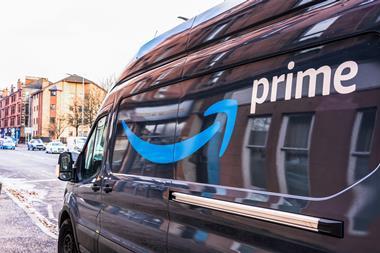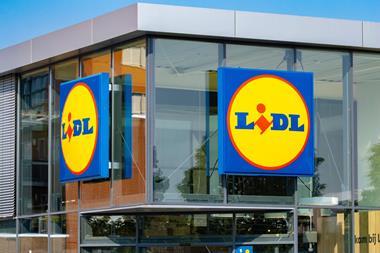Understanding local payment landscapes when entering any market is vital. Adyen explores these in China, Brazil, Mexico and Southeast Asia.
Why do retailers stock their inventory with items that vary in sizes, colours, patterns, and cuts? Because it obviously wouldn’t make sense to, let’s say, offer one style of shirt in the same size and colour to all your customers.
After all, no matter where your customers are, they come in a variety of sizes, with distinct requirements and varying aesthetic preferences. And just as your customers’ shapes and tastes differ, so do their payment preferences, especially in different markets.
As customers become increasingly global, retailers are becoming aware that they need to put much more thought into extending and optimising their global reach, some might say it’s even as important as ordering their spring lines. As well as evaluating the opportunity and access into different markets, you need to understand who your potential customers are and how they like to pay.
How your customers buy in one market can drastically vary from how they buy in another. For example, in many countries credit cards don’t necessarily reign and providing mobile payment methods is nearly as important as providing the merchandise to buy in others.
How your customers buy in one market can drastically vary from how they buy in another
With cross-border commerce stated to grow at more than double domestic ecommerce, and the size of that market predicted to grow to over US$300bn in 2018 across the US, UK, Germany, Brazil, China and Australia, it’s crucial to understand local payment landscapes when entering into any market.
So let’s consider four key markets for retailers going global: China, Brazil, Mexico and Southeast Asia.
1) China: The ecommerce giant
China is the biggest retail ecommerce market in the world, forecasted to reach US$1trn by 2020. Local shoppers are increasingly buying internationally, with a prediction of 15% of the population making cross-border ecommerce purchases by the end of this year.
Supporting local payment methods is crucial for retailers looking to capture this massive market, since credit cards are used for only a small portion of online payments. Local methods Alipay, UnionPay and WeChat Pay account for the majority of Chinese payments.
Luxury bag retailer the Cambridge Satchel Company supported Alipay for their online and mobile payments and saw conversions increase by 15%.
2) Brazil: The largest market in LATAM
Brazil accounts for 40% of LATAM’s ecommerce sales and is forecasted to pass US$27bn by 2018 with an annual growth of 11% until 2019. Because Brazilian shoppers tend to be young and tech-savvy, they are an attractive ecommerce market for retailers to tap into.
Brazilian shoppers tend to be young and tech-savvy, and are an attractive ecommerce market for retailers to tap into
However, it’s important to know that while Brazilian shoppers favour credit cards, they rarely pay for anything outright.
Eighty per cent of all online transactions are made through instalments and a significant number of Brazilians prefer to pay with cash-based payment methods, such as Boleto Bancário, which is a printable voucher and accounts for 15% of online payments in Brazil.
3) Mexico: LATAM’s next big thing
Mexico is growing at an incredible rate and boasts the second largest population in LATAM. Online retail sales are expected to reach US$6.7bn by 2019, and the country has the highest percentage of mobile online traffic with mobile penetration reaching 32%.
Mexico can be a challenging market to navigate so having a payments partmer with local expertise is imperative
But Mexican customers prefer to pay cash when they make their purchases. Forty per cent of online purchases are made through printable vouchers that are paid for with cash at convenience stores, such as OXXO or 7-11.
Mexico can be a challenging market to navigate, however, so having a payments partner with local expertise is imperative to a successful entry into this fast-growing market.
4) Southeast Asia: The next 600 million
Southeast Asia is home to over 600 million people and online retail sales are projected to grow 25% annually. The region is also experiencing a fast-growing trend of digital adoption with 250 million smartphone users.
However, Southeast Asia comprises many different countries and cultures – some are more developed than others in terms of technology. Shoppers in Singapore tend to have more than one credit card, but those in Indonesia and Thailand mainly pay in cash. It’s important to keep these differences in mind when considering this rich market for global expansion.
Retailers have a unique opportunity to tap into markets that were never available before
When thinking through your global retail strategy you have to consider that your customers are as different in how they buy as in what they buy. As the ecommerce world continues to expand globally at breakneck speed, retailers have a unique opportunity to tap into markets that were never available before.
If you understand how shoppers pay in each country and optimise your payment strategy for individual markets, you will drastically improve your chances of success on a global scale.
To learn more about these growing global markets and find top tips for when entering these markets, download our free Country Guides here.
Myles Dawson, UK country manager at Adyen

















































No comments yet